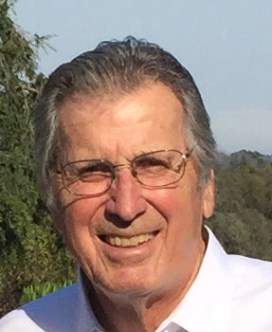
2016 John B. Fenn Lecture
Non-Covalent Peptide Assembly: The Latest News
November 3rd, 2016
Academic Learning Commons room 1201
5:30 – 6:40 pm
Michael T Bowers
University of California, Santa Barbara
https://labs.chem.ucsb.edu/bowers/michael/
Nearly all important biological processes involve non-covalent binding between various biopolymers. Sometimes these processes become aberrant and instead of facilitating cellular function they lead to serious disease. One important family of such disease prone processes are those that undergo amyloid formation. In amyloid systems peptides or proteins first natively assemble and then over a system dependent size range undergo a transition to a beta sheet structure that rapidly adds monomer until fibrils and plaques are formed. Prominent diseases that result are Alzheimer’s disease, Parkinson’s disease, Type 2 Diabetes, various prion diseases and many others The principle monomer species responsible for these diseases have been determined, as have the end point fibrils and plaques. However in recent years it has been discovered that it is the early oligomer states of the assemblies that appear to contain the toxic agents. Traditional analysis methods are ineffective in studying these species since they exist in a dynamic growth environment. Hence individual oligomers cannot be isolated and spectroscopic methods can only report average oligomer properties in systems where the oligomer distribution is not known. In this talk we will apply ion mobility methods (IMS-MS) to the amyloid formation problem. We will demonstrate that individual oligomers can be isolated and structurally characterized and oligomer distributions obtained. Our interests are both practical and fundamental. Data will be presented on the peptide responsible for Alzheimer’s disease and the structure of the toxic agent identified and its formation and reaction dynamics revealed. On the fundamental level we will report data on a number of model systems that for the first time validate the Amyloid Paradigm. Multiple experimental methods will be employed including IMS-MS, ultra high resolution AFM and IR spectroscopy of size and shape selected oligomers.